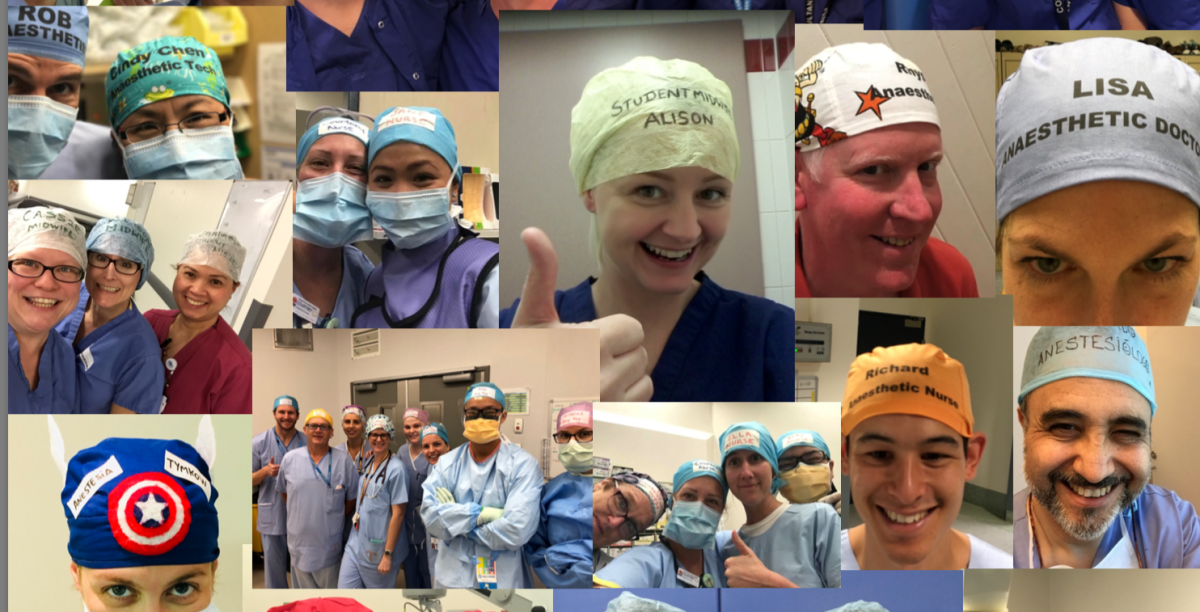Edit 18/5/2018: A follow-up to this post can be found here.
My parents, as they often do, came up to Newcastle and stayed for a few nights last week, and it ended up being a case study in Patient Work.
My mother left all her medications at home. I’m sure she’s not the first, and won’t be the last person to make this kind of skill-based error known as a “lapse”, but it immediately raised some obvious questions and issues that she, and others, had to go about solving, requiring significant amounts of time and mental effort which all contributed to her Patient Workload. Continue reading “Travelling, Medications and Patient Work”




